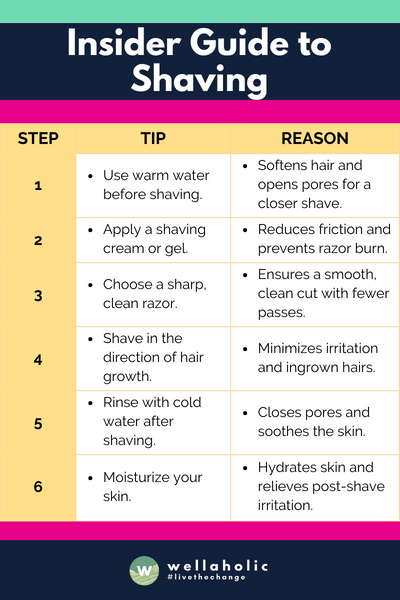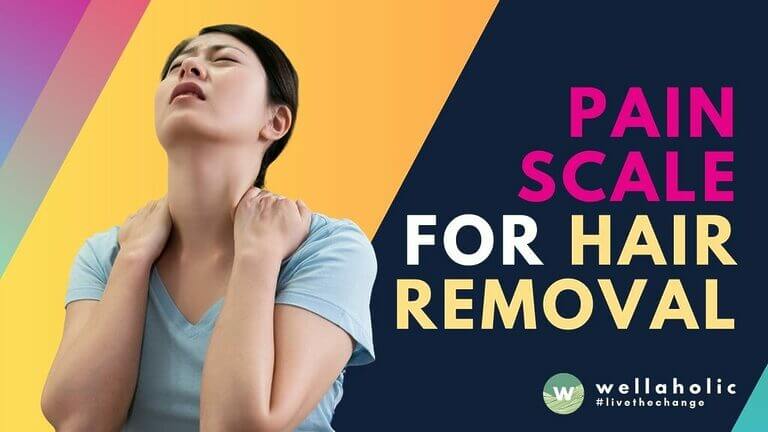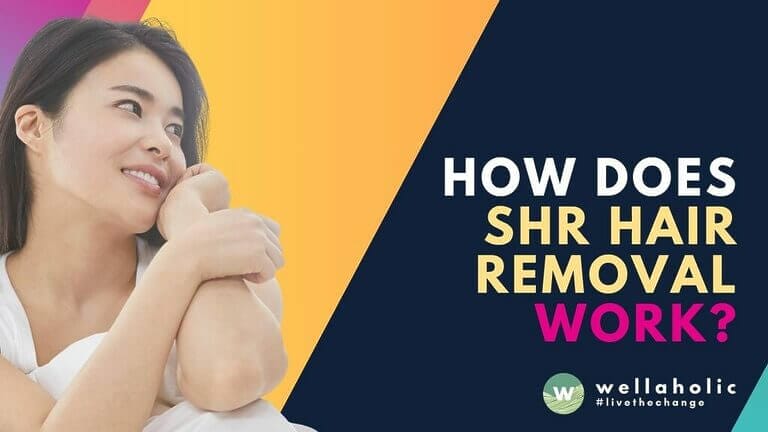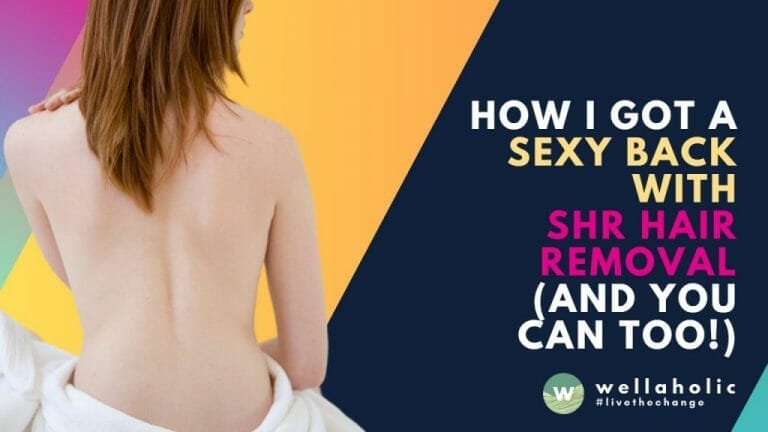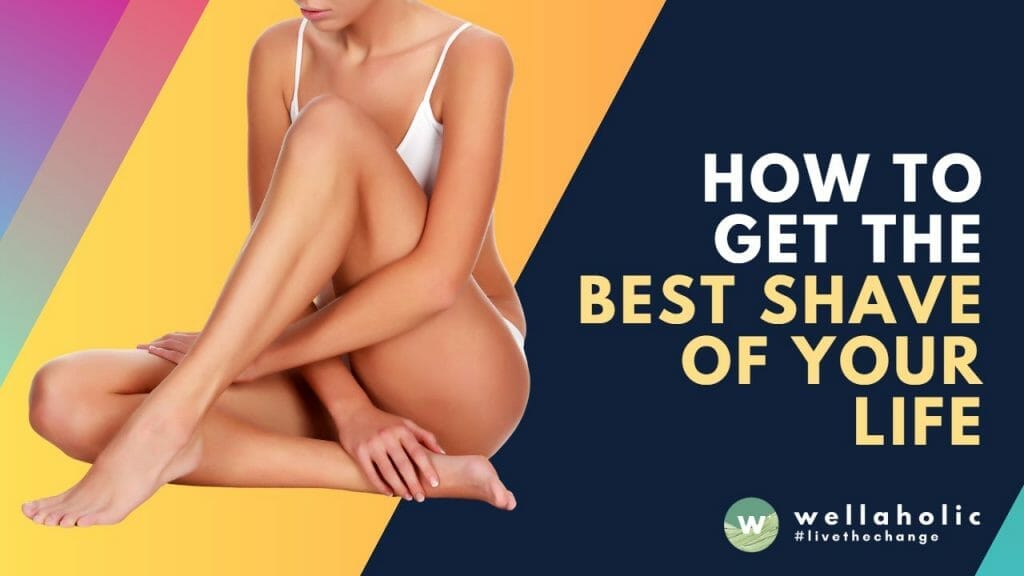
How to Get the Best Shave of Your Life: Top 10 Tips
Table of Contents
- 0.1 TL:DR Summary
- 0.2 Introduction: Top 10 Tips for a Better Shave
- 0.3 1. Never Dry Shave
- 0.4 2. Exfoliate before Shaving
- 0.5 3. Choose Cold Water over Warm Water Before Shaving
- 0.6 4. Ditch the Soap for the Shaving Cream or Foam
- 0.7 5. Ladies, Avoid Using Men’s Shaver!
- 0.8 6. Focus on the Direction of the Hair Growth when Shaving
- 0.9 7. Close Your Pores before Shaving
- 0.10 8. Will Hair Regrow Thicker After Shaving? Probably Not
- 0.11 9. Always Protect Your Skin from the Sun
- 0.12 10. Replace Your Shavers Regularly
- 0.13 Or Just Choose Laser Hair Removal over Shaving!
- 0.14 Frequently Asked Questions (FAQ)
- 0.15 Book Now Pay Later
- 0.16 SHR Permanent Hair Removal with Unlimited Shots
- 1 Mastering the Art of Shaving in Singapore: Top 10 Tips for Achieving the Best Shave of Your Life
TL:DR Summary
- Avoid Dry Shaving: Prevent irritation with moist skin.
- Exfoliate First: Clears pores for closer shaves.
- Use Cold Water: Reduces inflammation, tightens pores.
- Pick Shaving Cream Over Soap: Protects and moisturizes skin.
- Women’s Razors for Women: Designed for gentler shaving.
- Shave with Hair Growth: Minimizes skin irritation.
Introduction: Top 10 Tips for a Better Shave
As someone deeply immersed in the world of aesthetics, I’ve come across countless clients looking for that perfect shave.
It may seem simple, but achieving the best shave of your life involves more than just a razor and some foam. It’s about technique, care, and understanding your skin.
After consulting with clients and learning from experts, I’ve gathered some top tips over the years that can greatly enhance your shaving experience.
I’m excited to share these insights with you, blending professional advice with practical steps. Whether you’re new to shaving or a pro wanting to improve your routine, these 10 tips will help you achieve a smoother and more enjoyable shave.
“A clean shave is the first step to a polished look – so take your time and make sure you do it right!”
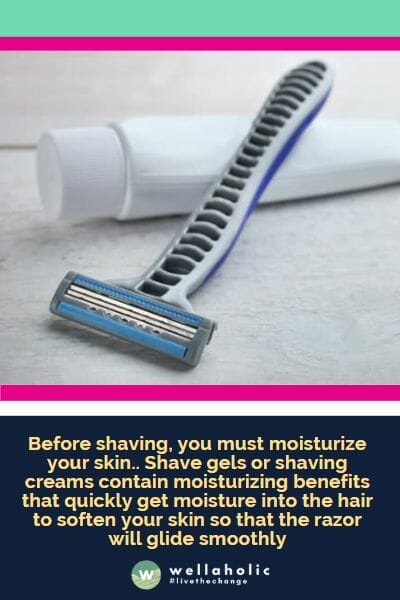
1. Never Dry Shave
In my early days as an aesthetician, I once made the mistake of dry shaving in a rush before heading to work. I had overslept and was running late for an important client appointment. Without taking the time to wet my skin or apply any shaving cream, I quickly ran a razor over my legs. The resulting irritation was a harsh lesson I’ll never forget.
By the time I arrived at the clinic, my legs were covered in red, angry razor bumps. I felt self-conscious the entire day, hoping my client wouldn’t notice how unprofessional I looked. Worse yet, the itching and burning sensation made it hard to focus on performing my treatments. I kept thinking how I should know better, given my skincare expertise.
The Importance of Proper Shaving Techniques: A Personal Experience
That experience forever drilled into me the importance of proper shaving techniques. No matter how rushed I may feel, I always take the time now to shower first, allowing the warm water and steam to soften my skin and hair. I apply a rich, moisturizing shave gel and use a sharp, clean razor, rinsing it often. I shave in the direction of hair growth using light, short strokes. And I never fail to follow up with a soothing, fragrance-free lotion to lock in hydration. My legs thank me, and I’m able to focus fully on my clients, confident that I’m setting a good example. It’s a simple self-care ritual, but it makes all the difference.
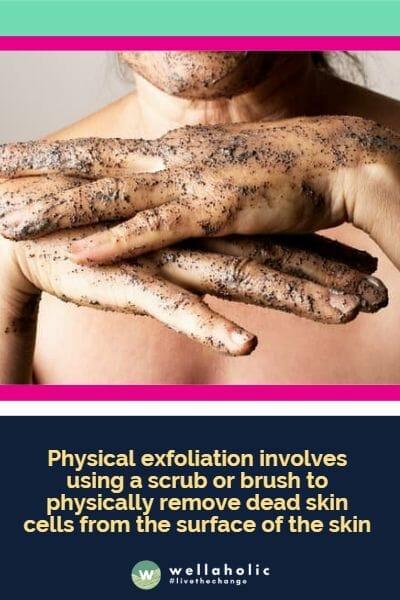
2. Exfoliate before Shaving
As an aesthetician, one of the most common complaints I hear from my male clients at Wellaholic is about razor bumps and irritation from shaving. While using proper shaving techniques and products can help, I always emphasize the importance of physically exfoliating the skin before picking up that razor.
Over the years, I’ve seen how regular exfoliation can transform the shaving experience and the skin’s appearance. Exfoliating removes that top layer of dead skin cells, oil and debris that can mat down facial hair and block the razor’s path. By gently scrubbing away this build-up, you allow the razor to glide more smoothly and evenly across the skin surface. This means a closer shave with less tugging, dragging and potential for nicks, cuts and irritation.
I recommend my clients use a gentle facial scrub or even a soft-bristled toothbrush to massage the skin in circular motions before shaving. This movement effectively lifts off dead skin cells while promoting blood flow for a radiant and healthy complexion. For those with very sensitive skin, I suggest a mild chemical exfoliant containing enzymes or low concentrations of salicylic acid prior to shaving.
The key is to exfoliate gently and not over-scrub, which can irritate the skin. After exfoliating, always shave in the direction of hair growth using a clean, sharp razor and a moisturizing shave cream to minimize friction. Finish with a hydrating, soothing post-shave balm. With consistent exfoliation and proper shaving habits, you’ll be on your way to smoother, bump-free skin.
3. Choose Cold Water over Warm Water Before Shaving
In my years as an aesthetician, I’ve found that using cold water instead of hot can make a big difference for those who struggle with shaving irritation, especially if you have sensitive skin. I first tried cold water shaving myself when my water heater broke. To my surprise, the redness and razor bumps I often experienced were drastically reduced. The cold water seems to constrict blood vessels and tighten pores, reducing inflammation. It also causes the hair to stand up more from the skin, allowing for a closer shave.
Since then, I’ve recommended cold water shaving to many of my clients at Wellaholic who battle skin issues from shaving. The feedback has been overwhelmingly positive. While everyone’s skin is unique, it’s a simple change that costs nothing to try. I find that a quality shave gel, sharp blade, and blast of cold water can work wonders for keeping skin smooth and comfortable. As an added bonus, the cold water provides an invigorating wake-up for your skin and senses in the morning!
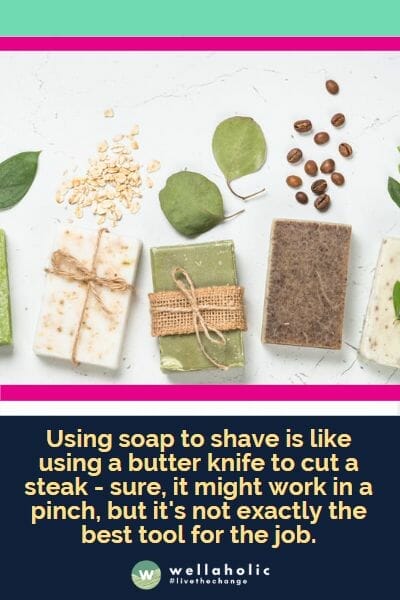
4. Ditch the Soap for the Shaving Cream or Foam
As an aesthetician with over a decade of experience, I always recommend using a quality shaving cream. Many people underestimate the role shaving cream plays, but it can make all the difference between a smooth, comfortable shave and one that leaves your skin irritated and razor-burned.
When applying shaving cream, I recommend first wetting your skin with warm water to soften the hairs. Then, dispense a small amount of shaving cream into your palm – a little goes a long way. Work the cream into a lather with your fingers and gently massage it onto the area you’ll be shaving, making sure to cover all the hairs. The shaving cream creates a protective, lubricating barrier between your skin and the razor.
Soften, Hydrate, Soothe: The Triple Action of Shaving Cream
Shaving cream has several key benefits. First, it softens and hydrates the hairs, allowing your razor to cut through them more easily. This means you can shave with less pressure, reducing the risk of nicks, cuts and irritation. The slick lather also enables the razor to glide smoothly over your skin. Additionally, many shaving creams contain moisturizing and soothing ingredients like glycerin, aloe, or vitamin E that hydrate and calm the skin during and after shaving. This can help combat post-shave dryness, redness, and razor burn.

5. Ladies, Avoid Using Men’s Shaver!
Many of my female clients wonder if it’s okay to use a man’s razor or if they should stick to razors marketed specifically for women. Here’s my take:
While there are some design differences, a razor is a razor. The blades themselves are usually the same – it’s the handle shape, head size, and marketing that differs. Men’s razors often have a boxier head and handle designed for the angles of the face. Women’s razors usually have a larger, rounded head to better navigate curves, and a curved handle for control while shaving larger areas like the legs.
That said, I know many women who get a great shave with men’s razors. If you prefer a closer, more aggressive shave and don’t mind a slightly awkward handle, a men’s razor can work well. The key is finding a quality razor that suits your needs, regardless of gender marketing. Personally, I look for simple razors with sharp, well-spaced blades and a pivoting head.
Avoiding Bacteria Spread: The Importance of Separate Razors
Where you do want a dedicated razor is for sensitive areas like the bikini line. It’s best not to use the same razor on your pubic area that you use on your face or legs to avoid spreading bacteria. Look for a razor with a small head, sharp blades, and use a fresh one frequently along with a shave cream for sensitive skin to minimize irritation and ingrown hairs in this delicate zone.
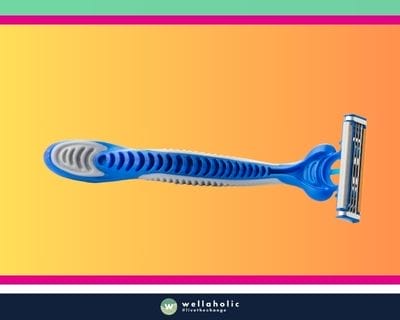
6. Focus on the Direction of the Hair Growth when Shaving
As an aesthetician with over a decade of experience, one of the most common questions I get from my clients is about the best direction to shave. Many people instinctively shave against the direction of hair growth, thinking it will give them a closer, smoother shave. However, I always advise shaving with the grain, especially for those with sensitive skin.
Shaving against the grain means you’re moving the razor in the opposite direction that the hair is growing. While this can cut the hair very close to the skin, it also increases the risk of razor burn, ingrown hairs, and skin irritation. The blade tugs and pulls at the hair before cutting it, which can damage the hair follicle. For those with curly or coarse hair, shaving against the grain makes it more likely for the sharp, newly-cut hair to curl back and grow into the skin, causing painful bumps.
Reducing Irritation: The Benefits of Shaving with the Grain
On the other hand, shaving with the grain – in the same direction the hair is growing – is much gentler on the skin. There is less tugging and pulling, reducing the chances of irritation. I recommend my clients first determine their hair growth pattern by letting it grow for a day or two and then running their fingers or a credit card across the skin to feel the direction of least resistance. Then, when shaving, use short, light strokes following that hair growth pattern. It may take a little more time and effort to get a smooth shave this way compared to going against the grain, but your skin will thank you.
Combine shaving with the grain with proper pre-shave prep like exfoliating and using shaving cream, and a moisturizing post-shave routine, and you’re well on your way to your smoothest, bump-free skin yet. Give it a try!
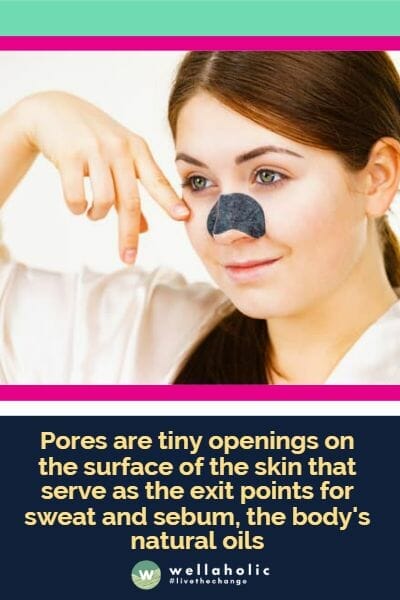
7. Close Your Pores before Shaving
Contrary to popular belief, closing your pores before shaving is actually more beneficial than leaving them open. This approach might seem unconventional, but it’s grounded in a deep understanding of skin physiology.
When your pores are open, your skin becomes more vulnerable to common shaving issues like irritation, razor burn, and the dreaded ingrown hairs. These problems are particularly prevalent among those with sensitive skin. By closing your pores, you’re essentially shielding your skin, significantly reducing the risk of these irritations.
So, how can you effectively close your pores? It’s simpler than you might think. Utilizing cold water or a cool compress is a highly effective method. After cleansing your skin and before you pick up your razor, splash your face with cold water or gently press a cool compress against your skin. This action causes your pores to contract, resulting in a smoother surface for your razor to glide over, thereby ensuring a more comfortable shaving experience.
8. Will Hair Regrow Thicker After Shaving? Probably Not
At the course of my work, I often encounter the myth that shaving causes hair to grow back thicker. From my professional standpoint, I can affirm that this is indeed a misconception. The reality is, when you shave, you’re merely cutting the hair at the surface of your skin. The thickness, color, and rate of growth of your hair are determined by your genetics, not by the act of shaving. This myth likely stems from the appearance of stubble post-shaving, which can feel coarse or look denser due to the blunt ends of the hair. However, this is just a temporary effect and does not alter the hair’s natural characteristics. So, rest assured, shaving does not affect the thickness of your hair growth.

9. Always Protect Your Skin from the Sun
As an aesthetician with over a decade of experience, I can’t stress enough the importance of daily sun protection for maintaining healthy, youthful-looking skin. UV damage is the number one cause of premature skin ageing, not to mention skin cancer. That’s why I always recommend my clients make sun protection a non-negotiable part of their morning routine, rain or shine.
Sun Protection: Don’t Forget the Often-Missed Spots
The first step is choosing a broad-spectrum sunscreen with an SPF of at least 30. This will shield your skin from both ageing UVA rays and burning UVB rays. Apply it liberally to your face, neck, chest, and any other exposed areas at least 15 minutes before going outside to allow it time to absorb. Don’t forget often-missed spots like your ears, hairline, and the backs of your hands. Reapply every 2 hours, or more frequently if you’re swimming or sweating heavily.
The Power of Shade: An Essential Element of Sun Protection
But sunscreen is just one piece of the sun protection puzzle. I also advise my clients to wear protective clothing, hats and sunglasses whenever possible. Look for lightweight, breathable fabrics with a UPF rating for extra protection. Wide-brimmed hats shield your face, ears and neck, while UV-blocking sunglasses guard against cataracts and crow’s feet. And don’t underestimate the power of shade! Seek shelter under an umbrella, tree or building during the sun’s peak hours, typically 10am-4pm.
10. Replace Your Shavers Regularly
Again, from my wide experience, I’ve seen firsthand the issues that arise from using outdated shaving tools. It’s a common oversight, but clinging to an old shaver can do more harm than good. These aged tools often become less efficient in hair removal, but more critically, they can harbor harmful bacteria and germs. This isn’t just a matter of aesthetics; it’s a health concern.
The skin, our largest organ, is incredibly receptive and vulnerable to what we expose it to. Using a shaver past its prime can lead to skin irritations, infections, and other dermatological issues. It’s essential to understand that the sharpness and cleanliness of your shaving tools play a pivotal role in maintaining skin health.
Therefore, I always advise updating your shaving equipment regularly. This isn’t just about achieving a closer shave; it’s about respecting and caring for your skin. A new, sharp blade not only ensures a smoother shave but also minimizes the risk of skin problems. It’s a simple change, but one that can make a significant difference in your personal grooming routine and overall skin health.
Or Just Choose Laser Hair Removal over Shaving!
Let’s face it, shaving can be a hassle. From razor burns to nicks and cuts, it’s just not a fun experience. But fear not, my friends, because there is a solution: laser hair removal. Not only does it save you time and money in the long run, but it also eliminates the need for constant shaving and the associated skin irritations. So why settle for the daily struggle of shaving when you can have silky smooth skin with just a few laser hair removal sessions? Trust me, your skin (and your sanity) will thank you.
Below is a table showing the differences between laser hair removal, shaving, waxing, epilating, and using hair removal creams:
| Method | Description | Pros | Cons |
|---|---|---|---|
| Laser Hair Removal | Targets melanin in hair follicles and burns structures containing melanin. | – Long-lasting results – Minimal pain | – Expensive – Requires multiple sessions |
| Shaving | Uses a razor to cut hair at the surface of the skin. | – Quick, – Easy – Inexpensive | – Hair grows back quickly – May cause razor burn, ingrown hairs, and skin irritation. |
| Waxing | Applies hot or cold wax to the skin and removes hair from the root. | – Longer-lasting results than shaving | – Painful, may cause ingrown hairs – Skin irritation, and redness – Hair must be a certain length for waxing to be effective |
| Epilating | Uses a device with multiple tweezers to pull hair out at the root. | -Longer-lasting results than shaving | – Painful – May cause ingrown hairs, skin irritation, and redness – Hair must be a certain length for epilating to be effective |
| Hair Removal Creams | Uses chemicals to dissolve hair at the surface of the skin. | – Quick and easy – Painless | Hair grows back quickly – May cause skin irritation or allergic reactions – Chemicals may have a strong odor. |
Frequently Asked Questions (FAQ)
What are the top tips for achieving the best shave experience?
A: To achieve the best shave, consider using a high-quality razor, proper shaving technique, and suitable shaving cream. Additionally, exfoliating before shaving and using the right razor angle can help prevent irritation and achieve a smooth result.
How do I choose the best razor for my shaving needs?
A: The best razor depends on various factors such as skin type, hair thickness, and personal preferences. Electric razors, safety razors, and cartridge razors offer different benefits. It’s essential to choose one that suits your needs and provides a close shave without irritation.
What are the best practices for shaving sensitive skin without irritation?
A: For sensitive skin, opt for a high-quality razor and a soothing shaving cream or gel. Shave in the direction of hair growth and avoid pressing too hard to prevent irritation. A safety razor or electric razor can be a good option for sensitive skin.
How can I prevent razor bumps and ingrown hair during and after shaving?
A: To prevent razor bumps and ingrown hair, exfoliate before shaving to remove dead skin cells. Use a sharp blade and shave in the direction of hair growth. Applying an alcohol-free aftershave or a soothing lotion can help calm the skin.
Is it better to shave wet or dry?
A: Shaving wet is generally recommended as it softens the hair and opens up the pores, resulting in a smoother and closer shave. Using a high-quality shaving cream or gel can further enhance the shaving experience.
What’s the difference between a safety razor and an electric razor?
A: A safety razor uses a single blade and provides a close shave, while an electric razor uses rotating or oscillating blades for convenience and speed. Safety razors are ideal for precision, while electric razors are suitable for quick touch-ups.
Can you recommend the best shaving creams for a close and smooth shave?
A: Some of the best shaving creams for a close and smooth shave include those with moisturizing and soothing ingredients. Look for products that cater to your skin type and preferences.
What’s the best technique for shaving facial hair without causing irritation?
A: Shave in the direction of hair growth to minimize irritation. Stretch the skin taut and use short, gentle strokes. Applying a warm towel before shaving can help soften the hair and prepare the skin.

Serene Chiam, Aesthetic Director
Serene Chiam is the Aesthetic Director at Wellaholic, a well-known aesthetic chain in Singapore. She has more than ten years of experience in the aesthetics industry. With a Bachelor of Health Science (Aesthetics) and CIDESCO certifications, she expertly combines scientific knowledge with practical skills. Serene is known for her personalized approach to beauty, ensuring each Wellaholic client’s journey is unique and transformative. Her significant contributions have been pivotal in establishing Wellaholic’s reputation for excellence in aesthetic wellness.
Contact Serene at support@wellaholic.com
GET IN TOUCH
Book Now Pay Later

SHR Permanent Hair Removal with Unlimited Shots
- ⭐ Diode Laser Technology. Developed by Alma Lasers, SHR combines 755nm, 808nm and 1064nm laser wavelengths to target all skin types.
- ⭐ Unbeatable in Value and Quality. Wellaholic’s SHR Unlimited Plans offer a hair removal solution that is unbeatable in both value and quality.
- ⭐ One Price for All Body Parts. Pay just one low price for a complete hair removal experience for all body parts, including unlimited SHR shots.
- ⭐ Permanent Fuss-Free Solution. Say goodbye to the hassle of expensive and ineffective hair removal methods and trust WellaSmooth 3X to deliver a permanent and fuss-free solution for all your hair removal needs.
- ⭐ Award-Winning. Wellaholic’s treatments have been recognized by top beauty publications such as Daily Vanity, Beauty Insider, and Tropika Club Magazine.
- ⭐ Over 2000 Verified Customer Reviews. Wellaholic has over 30 industry awards and over 2000 positive reviews from customers, and >50% are repeat customers.




